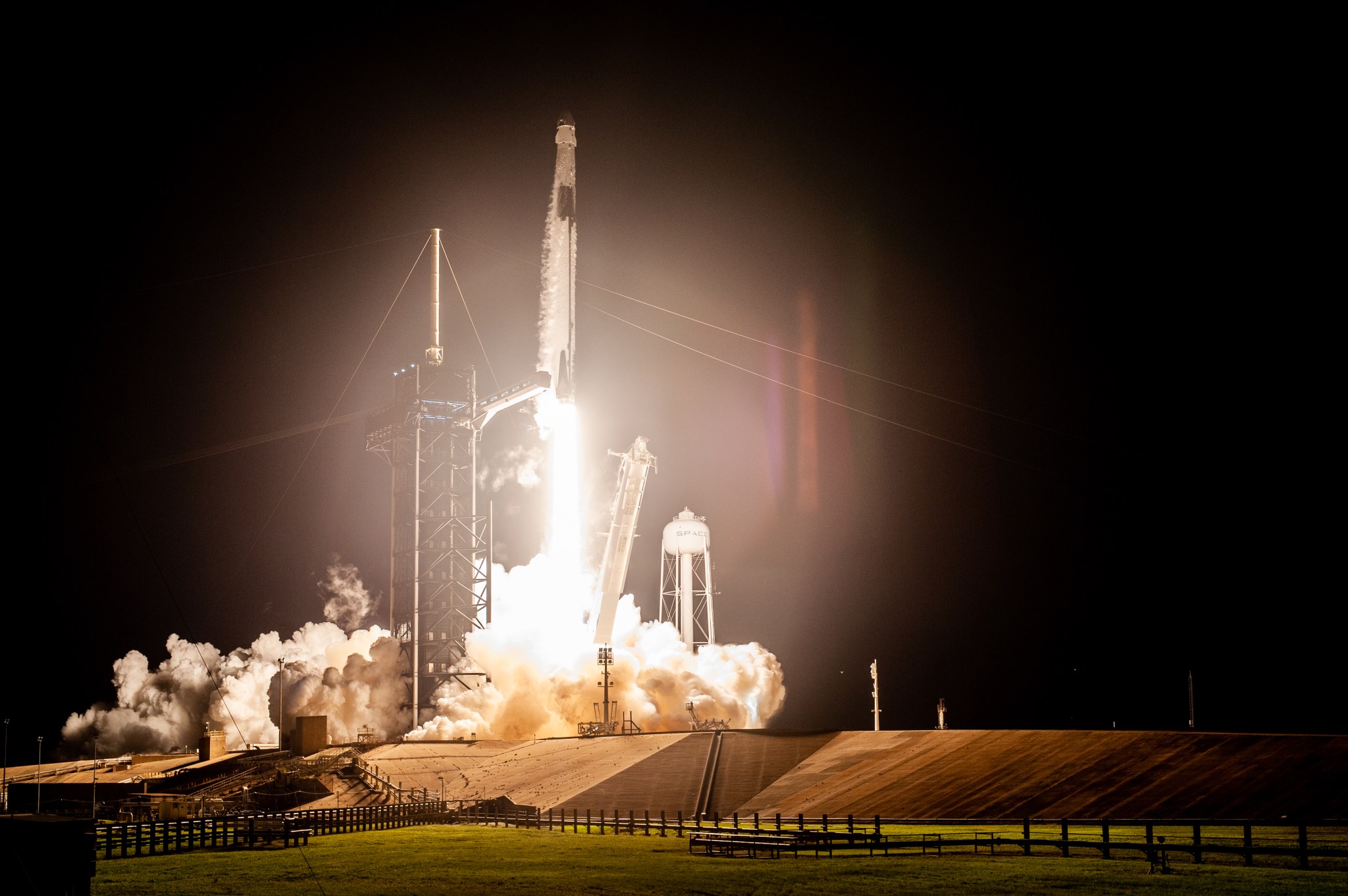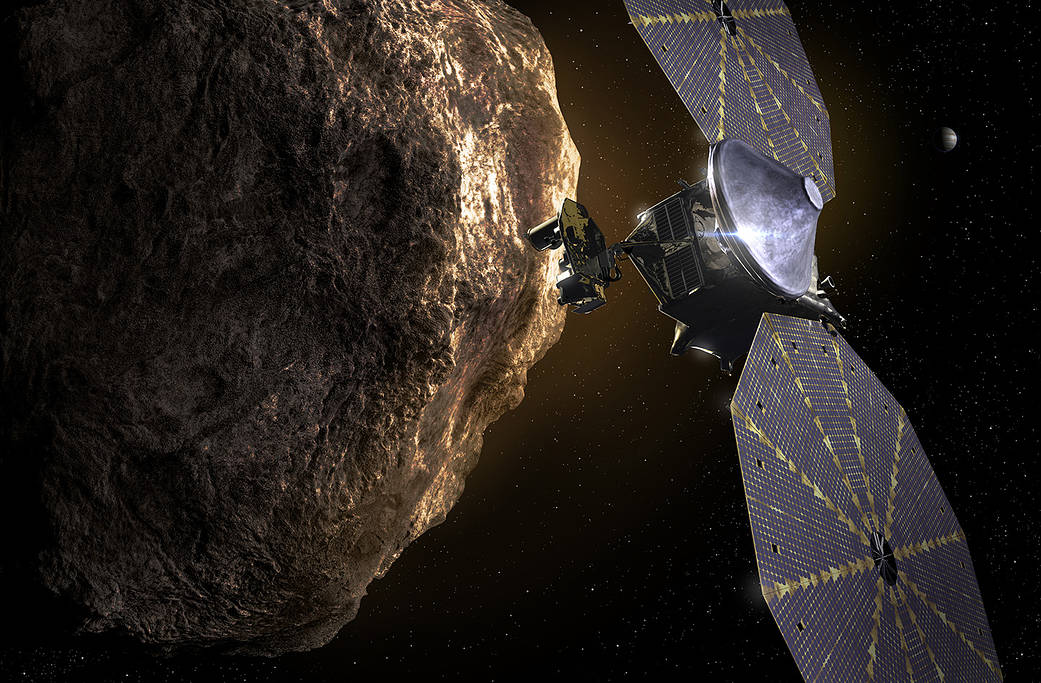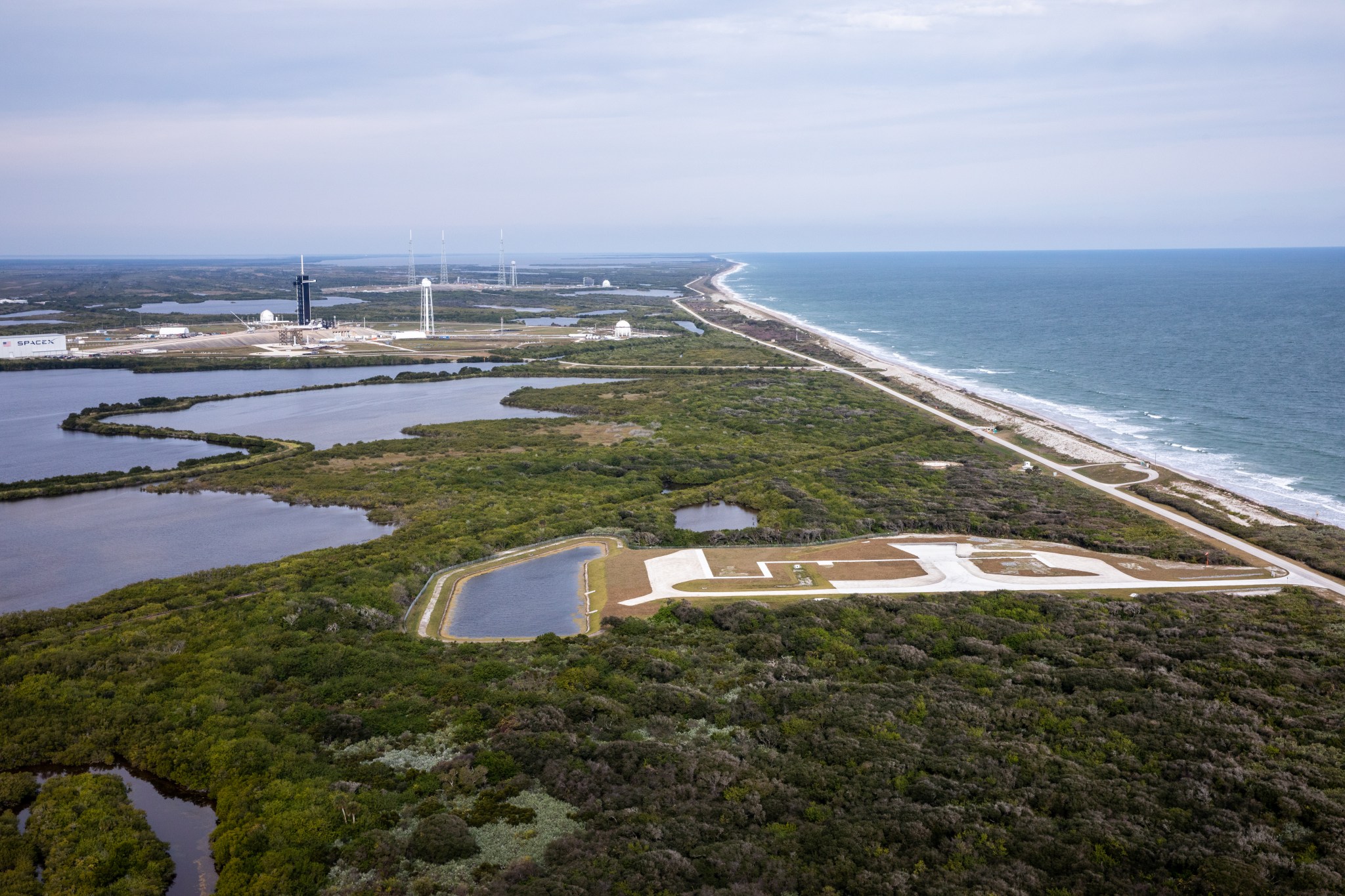
By Danielle Sempsrott
NASA’s Kennedy Space Center
Last year, NASA’s Kennedy Space Center supported a record 31 orbital launches from Florida’s Space Coast. This year, teams at Kennedy are looking to shatter that record with more than 50 launches on the manifest for 2021. Enhanced infrastructure capability, coupled with a robust business environment primed for commercial spaceflight, have transformed Kennedy into a multi-user spaceport and paved the way for more orbital launches than ever before.
“When you look at the future of Kennedy, it continues to be incredibly amazing,” said Tom Engler, director of Center Planning and Development at Kennedy. “It’s very bright, there’s a lot of activity happening here, and the cadence that we have is only increasing.”
Of the planned launches in 2021, about a dozen are NASA missions. Some of these include SpaceX and Boeing missions to the International Space Station under the agency’s Commercial Crew Program, three uncrewed SpaceX cargo resupply missions to the space station, and NASA’s inaugural test flight around the Moon for the Artemis program. The agency’s Launch Services Program also has multiple science missions planned, with Lucy, Imaging X-ray Polarimetry Explorer (IXPE), and the Geostationary Operational Environmental-T (GOES-T) satellite, all launching from Florida’s Space Coast.
The remainder are a mixture of commercial launches and Department of Defense missions. Some will lift off from Kennedy’s historic Launch Complex 39A, and others will launch from nearby Cape Canaveral Space Force Station, with Kennedy teams providing technical and physical support. Although a variety of factors such as weather, range availability, and safety can ultimately affect the launch schedule, Kennedy teams are ready to assist with the greatest number of launches the Space Coast has ever seen.
Kennedy hasn’t always had the capacity to handle this much launch activity, but its infrastructure, personnel, and facilities are well-equipped for it now, Engler said. Recent modifications and developments have turned Center Director Bob Cabana’s vision of supporting both government and commercial launches into a reality.
Within the past two years, Kennedy’s Spaceport Integration (SI) team has significantly grown Kennedy’s gaseous nitrogen and gaseous helium capabilities, allowing the team to provide the volume of propellants required for a high number of launches – even when some of those are back-to-back.
The spaceport also has increased commercial opportunities with its newly completed Launch Complex 48, a dedicated site for small-class launch vehicles. The complex offers a “clean pad” concept, allowing companies to bring in their own resources and commodities for launch, thus reducing their investment in launch pad infrastructure.
Upgrades like these, along with Kennedy’s unique technical support and expertise, are helping NASA expand access to space, said Greg Gaddis, SI master integrator at the spaceport.
“The federal government has been charged to help facilitate and enable commercial space, and Kennedy does that through its ability to launch things because this is the place to launch,” he said. “If we thought the last five years were amazing from a multi-user spaceport perspective, just wait until the next five years.”
Currently, Kennedy has partnerships with four commercial companies: Blue Origin, Boeing, Lockheed Martin, and SpaceX. With these partnerships comes the need for a wide variety of support services. In the end, Engler said, Kennedy is there to help make each partner’s mission a success, whether it’s supplying propellants for a launch, assisting with testing, or providing other technical expertise.
“As a center, we’ve done an outstanding job of transitioning to become a service provider,” he said. “Being able to watch these companies accomplish their commercial goals while supporting NASA in its exploration mission is huge, and we’re excited because that’s only going to continue to grow.”


























